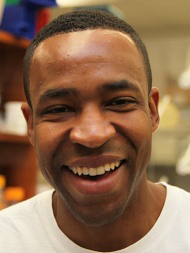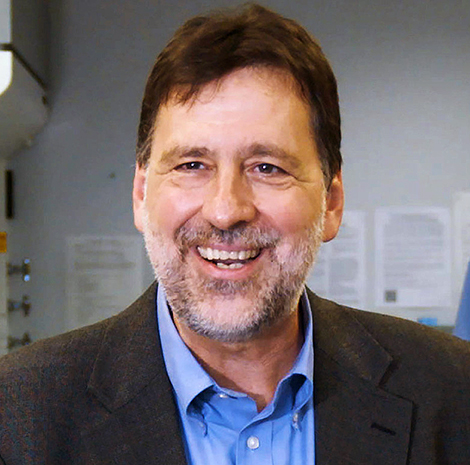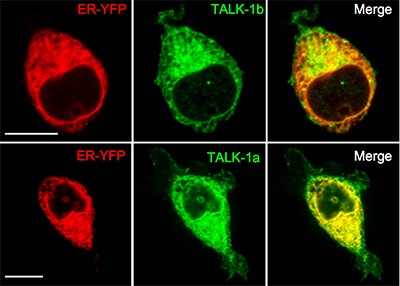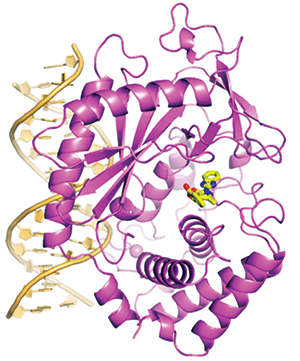Uncategorized
-

Symposium honors Moses’ storied cancer research career
Members of the Vanderbilt University Medical Center (VUMC) community and others whose lives and careers have been influenced by legendary cancer investigator, educator and administrator Harold (Hal) Moses, M.D., have endowed the Linda and Harold L. Moses, M.D., Career Development Fund. The initiation of the fund, which will support the next… Read MoreOct. 19, 2017
-

A switch for autoimmunity
When a virus or bacteria comes calling, protein “sensors” in your cells can detect the invader’s DNA and activate inflammatory responses to prevent infection. One such sensor is cGAS (cyclic GMP-AMP synthase). Normally, cGAS is an asset – something you definitely want to be working for you. However, abnormal responses to… Read MoreOct. 12, 2017
-

Romell Gletten Receives Watkins Student Award
Romell Gletten Receives Watkins Student Award Romell Gletten (Schey Lab, Department of Biochemistry) is the recipient of the 2017 Levi Watkins Jr. Student Award, given annually to a student who has made outstanding contributions to the institution by fostering a more diverse environment that is enriching, encouraging and embracing of all students, faculty and administration. Read MoreOct. 11, 2017
-

Jeff Conn Earns 2017 Excellence in Academic Research Award
Jeff Conn Earns 2017 Excellence in Academic Research Award Jeff Conn, Lee E. Limbird Professor of Pharmacology, Director of Vanderbilt Center for Neuroscience Drug Discovery, is a recent Excellence in Academic Research Award winner. PhRMA honor Dr. Conn during the 2017 Research & Hope Awards, which took place on October 10… Read MoreOct. 11, 2017
-

A TALK About ER Ca2+ Homeostasis
A TALK About ER Ca2+ Homeostasis Insulin secretion by pancreatic β-cells occurs in response to glucose-induced increases in intracellular calcium (Ca2+c). Past research has shown that fluxes in Ca2+ from the endoplasmic reticulum (ER) play a role in this process, and that these fluxes can be disturbed in diabetes. Read MoreOct. 10, 2017
-

Blocking cGAS in Autoimmunity
Blocking cGAS in Autoimmunity Cells of the innate immune system have developed multiple sensors to detect the presence of infectious agents and certain forms of cellular damage. One such sensor is the enzyme cyclic GMP-AMP synthase (cGAS), which responds to the presence of cytosolic double-stranded DNA (dsDNA) by catalyzing… Read MoreOct. 10, 2017
-

Novel insights to antibiotic targets
Although the bacterial topoisomerases gyrase and topoisomerase IV are critical for cell function and are targets for quinolone antibacterials (such as Cipro), little is known about how these enzymes remove positive supercoils on overwound DNA. Neil Osheroff, Ph.D., and colleagues report in Nucleic Acids Research that gyrase removes positive supercoils rapidly and uses… Read MoreOct. 4, 2017
-

VU scientists discuss cancer treatments, cellular dynamics
A trio of Vanderbilt University scientists described their cutting-edge investigations of cellular dynamics and cancer treatment during last week’s Flexner Discovery Lecture: Marija Zanic, Ph.D., assistant professor of Cell and Developmental Biology and Chemical and Biomolecular Engineering; Lauren Parker Jackson, Ph.D., assistant professor of Biological Sciences and Biochemistry; and Christine Lovly, M.D.,… Read MoreOct. 4, 2017
-

Cellular calcium handling in diabetes
Tight regulation of calcium levels in the endoplasmic reticulum (ER) – a cellular organelle with multiple functions – contributes to insulin secretion by pancreatic beta cells. Although ER calcium handling is perturbed in diabetes, the molecular determinants of ER calcium balance are not clear. David Jacobson, Ph.D., and colleagues have now… Read MoreOct. 4, 2017
-

Unique Properties of DNA Gyrase for (+) Supercoil Processing
Unique Properties of DNA Gyrase for (+) Supercoil Processing The twisting of DNA in the same or opposite direction of the turn of the double helix gives rise to (+) or (-) supercoiling, respectively. Supercoiling exerts a strain on the helix, leading to the formation of loops, knots, and… Read MoreOct. 2, 2017